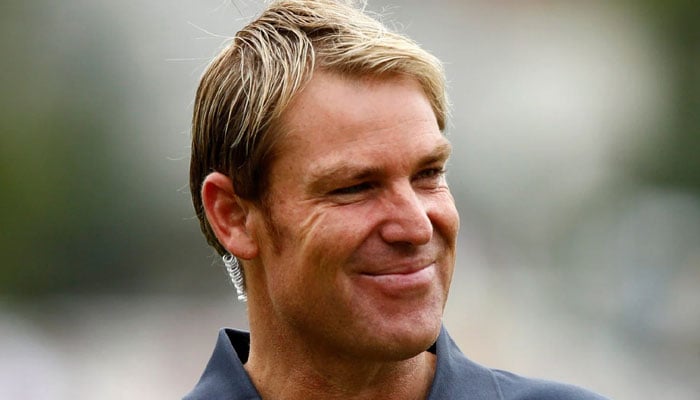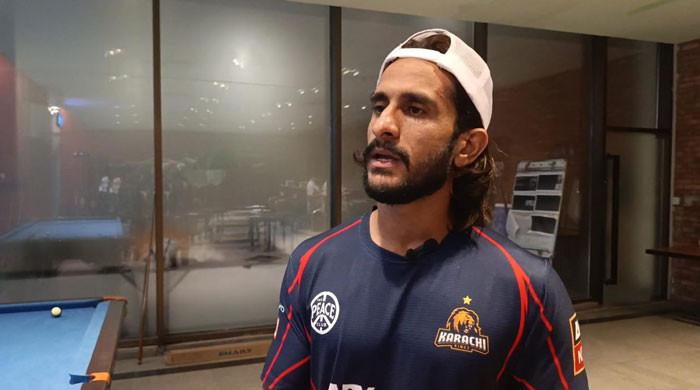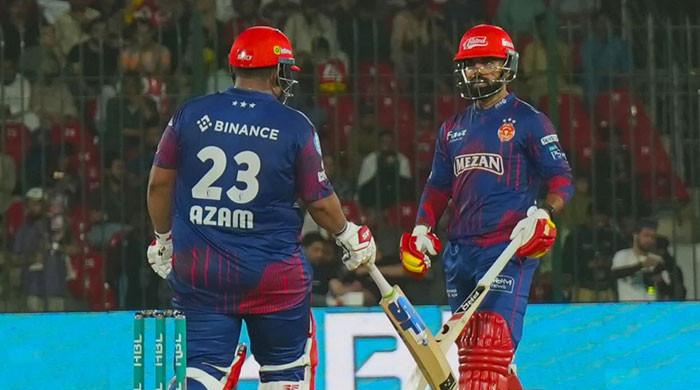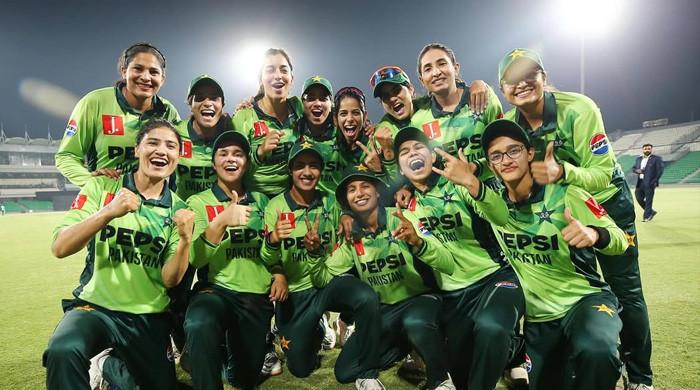Obituary: Shane Warne, the man who saved the art of spin bowling
"Shane Warne is without doubt the finest leg spinner the world has ever seen," Ritchie Benaud had said
March 06, 2022

- Shane Warne died at the age of 52 from a suspected heart attack on Friday.
- Warne finished his career with 708 wickets in 145 tests, a record that was later broken by Sri Lanka's Muttiah Muralitharan.
- His captain for much of that era, Steve Waugh, described Warne as "comfortably the second-best player ever (after Don Bradman).
LONDON: Australian legend Shane Warne was not only one of the greatest cricketers ever to play the game but he can also probably be credited with saving the art of spin bowling in a sport that had become dominated by relentless pace.
The Australian's extraordinary career figures tell the first half of the story and the proliferation of leg-spin bowlers at the sharp end of the attack in almost every form of the game now, illustrates the second.
Warne died at the age of 52 from a suspected heart attack on Friday, hours after tweeting his love to the family of another Australian test legend, wicket-keeper Rod Marsh, who died earlier in the day.
Warne wrote that Marsh was "an inspiration to so many young boys and girls" - an epitaph that the peerless leg spinner deserves 10-times over.
Warne finished his career with 708 wickets in 145 tests, a record that was later broken by Sri Lanka's Muttiah Muralitharan (800), which included a career-best of 8-71 against England at the Gabba. He also picked up 293 ODI wickets and won the World Cup with Australia in 1999 where he was man of the match.
Warne too was a handy late-order batsman. Though his test average was only 17.3 he took the role seriously and holds the record for the most test runs (3,154) without a century - his highest score being 99.
What was to turn into an astonishing career had an inauspicious start in January 1992 in Sydney as Warne laboured through 45 first-innings overs against India, claiming the solitary wicket of Ravi Shastri and going for 150 runs, echoing the secondary, defensive role that most spinners, certainly outside the Indian sub-continent, had been reduced to in those days.
The following year, however, he announced himself to the wider cricketing world via the infamous "ball of the century", as his first ball in Ashes cricket pitched outside leg stump and took off to remove England batsman Mike Gatting's off stump bail at Old Trafford.
Never before had a new talent blasted on to the scene in such devastating style and fittingly the man at the microphone describing it was Ritchie Benaud, who, until Warne came along, had been the last of the game's great leg spinners 30 years earlier.
"Shane Warne is without doubt the finest leg spinner the world has ever seen," Benaud, not a man for hyperbole, later said.
Warne went on to become a key cog in an all-conquering Australia side, with the likes of Glenn McGrath and Jason Gillespie delivering relentlessly accurate pace attack that left Warne to rip into the worn-down batsmen.
When their job was done, the formidable batting lineup, headed by the likes of Mark Taylor, Justin Langer and Ricky Ponting, built totals that were a bowler's dream and opened the door for Warne to clean up and win match after match, series after series.
His captain for much of that era, Steve Waugh, described Warne as "comfortably the second-best player ever (after Don Bradman). He has been responsible for winning more test matches than anyone else I have seen or played with," he said.
Warne's simple and endlessly repeatable action meant he could bowl marathon spells and such was his accuracy that, alongside being a demon attacking weapon, he was also parsimonious in terms of leaking runs, which also made him effective in one-day games. It was not all plain sailing, however, and his career was peppered with off-field controversy. He was punished for feeding information to a bookmaker, sending inappropriate text messages, and verbally abusing fellow players.
His most serious offence came in 2003 when he failed a doping test for a diuretic on the eve of the World Cup and was banned from all cricket for a year - ruling him out of Australia's defence of the trophy.
He returned from the layoff refreshed and revitalised, and in 2005 took an incredible 96 wickets through the year having become the game's all-time leading wicket-taker in a cat-and-mouse competition with Muralitharan.
Shoulder surgery had restricted the variety of his attack but the sheer relentlessness and skill at delivering the balls he could still master meant he remained a formidable operator.
His final test was at Sydney in 2007 when he took his 1,000th international wicket in all forms of the game.
His career continued in T20, where he was a hugely popular captain of the Rajasthan Royals in the IPL, helping develop the fledgling league into the financial driver of the game it is today and earning a personal fortune along the way.
He had also made friends with his oldest enemies in England as captain of County side Hampshire, and became a regular in the glossy magazines via his relationship with English actress Liz Hurley.
Having got a taste for broadcasting during his ban year, Warne became a popular and respected pundit after his retirement, never happier than when analysing the delivery of the latest spinner to follow in his footsteps - every one of them owing Warne a debt of gratitude.











